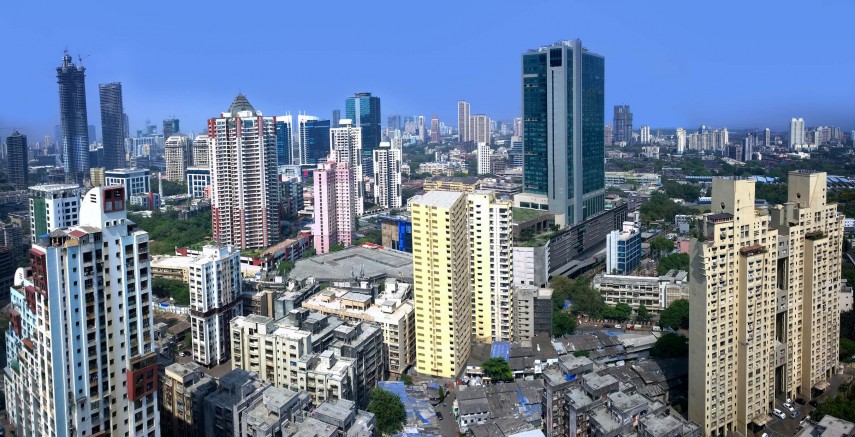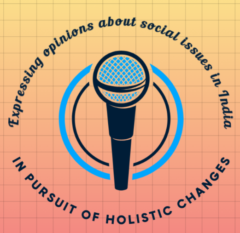
Mumbai, the city that never sleeps, is dreaming a new dream – Third Mumbai. It’s a vision woven from reclaimed land, shimmering solar panels, and green corridors, aiming to rewrite the script of urban living, not just for Mumbai, but for India’s future. But is this “Sustainable Paradise” merely a mirage shimmering in the heat, or can it become a blueprint for a greener tomorrow?
Paradise Regained, Brick by Eco-Brick:
Imagine parks sprouting from the seabed, skyscrapers draped in vertical gardens, and electric ferries gliding silently through a network of water channels. This is the essence of Third Mumbai – a city powered by the sun and wind, aiming for energy self-sufficiency by 2050. “It’s about building with nature, not against it,” emphasizes urban planner Dr. Amrita Ghosh.
But sustainability goes beyond aesthetics. By 2040, the city envisions meeting 30% of its water needs through wastewater treatment, minimizing dependence on dwindling freshwater resources. “Sustainable water management is no longer a luxury, it’s a lifeline,” underscores environmental scientist Mr. Akash Sharma.
Economic Engine Revving Up, But for Whom?
This eco-utopia isn’t just about trees and birds. Third Mumbai aspires to be an economic powerhouse, attracting cutting-edge industries and propelling Maharashtra’s growth. Think IT hubs buzzing with digital dreams, biotech labs pushing the boundaries of science, and logistics centers humming with global trade. This engine is projected to inject over $750 billion into the state by 2050, creating millions of jobs and establishing India as a leader in sustainable development. “Third Mumbai presents a unique opportunity to attract global talent and investments, proving that green innovation can be an economic driver,” argues economist Ms. Priya Kapoor.
But amidst the excitement, whispers of concern ripple through Mumbai’s streets. Can everyone share in this new city’s bounty, or will it become a haven for the privileged few? Public consultations and transparent governance are crucial to bridge this trust gap, ensuring Third Mumbai doesn’t exacerbate existing inequalities. Community leader Mr. Rahul Shah reminds us, “This project hinges on social inclusion. Everyone, regardless of background, must have a stake and a voice in the city’s future.”
Challenges in Paradise: Can Innovation Conquer Complexity?
Building a city on water is no easy feat. Funding such a colossal project requires meticulous planning and innovative public-private partnerships. Land acquisition demands fair compensation for displaced communities and careful ecological assessments. Can reclaimed land truly become a thriving ecosystem, or will it disrupt delicate marine life? These are critical questions that demand answers before the first brick is laid.
Public Whispers, Shaping the Vision:
Mumbaikars, ever resilient and opinionated, have mixed reactions. Excitement dances with skepticism. The promise of a better future jostles with anxieties about affordability and displacement. Can this “Third City” be a shining example of sustainable living, or will it become a costly environmental and social experiment? Open communication, transparent decision-making, and genuine community engagement are vital to ensure Third Mumbai becomes a city for all, not just a select few. As the recent Swarajya article points out, public trust and effective stakeholder management are crucial for guiding development sustainably and inclusively.
Beyond Mumbai: A Network of Green Utopias:
Third Mumbai is more than just a city; it’s a blueprint for India’s urban future. Its success could pave the way for a network of “Third Cities” dotting India’s coastlines, each one a hub of innovation and green living. Imagine a future where sustainability isn’t just a catchphrase, but a lived reality, woven into the fabric of our cities. This is the ambitious dream that beckons from the Arabian Sea, a dream worth pursuing with unwavering commitment and the collective hope of a nation eager to see India rise to new heights, with Mumbai leading the way.
Conclusion: In conclusion, the ‘Third Mumbai’ project is a significant step towards sustainable urban development in India. The project aims to create a smart city that is environmentally sustainable, socially inclusive, and economically vibrant. However, the project faces several challenges in its implementation, and the government needs to ensure that the project is financially viable, transparent, and fair. The success of the ‘Third Mumbai’ project can serve as a model for other cities in India, promoting sustainable urban development and economic growth.
I just wanted to remind you of some important things we need to keep in mind while developing the ‘Third Mumbai’ project. Let’s make sure that we build affordable housing, promote green infrastructure, encourage public transportation and active mobility, foster economic and social inclusion, design with resilience to climate change, ensure transparent governance, and establish a robust monitoring and evaluation system. These efforts will help make ‘Third Mumbai’ a better place to live for everyone. By incorporating these holistic changes and suggestions, the ‘Third Mumbai’ project can become a model for sustainable urban development and economic growth in India, providing a better quality of life for its residents and setting a standard for other cities in the country.

This blog also contains action plan. Nice work.
Thank you, Kriti ji! Yes, the very objective of the blogs on the Express India platform is to enunciate the holistic solutions that can be incorporated to overcome such social issues. Thank you for expressing yourself.